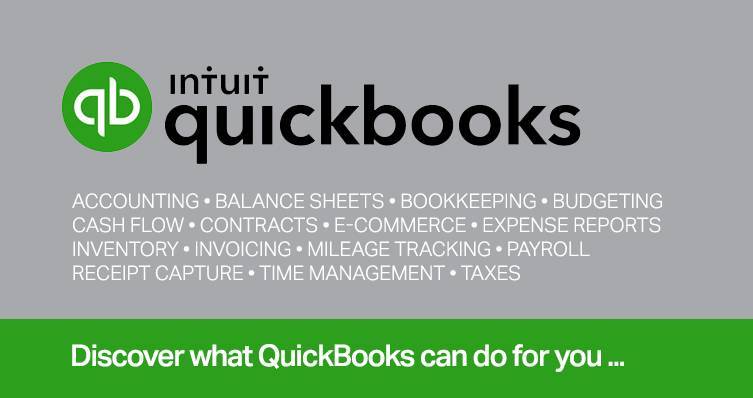The Tax Cuts and Jobs Act (TCJA) was signed into law in 2017 and generally took effect at the start of 2018. It brought sweeping changes to tax regulations for both individuals and businesses.
But many of its provisions aren’t permanent. In fact, some of the most important ones are scheduled to expire after 2025. Although the outcome of the November election is expected to affect the fate of many expiring provisions, now’s still a good time for business owners to read up on the impending tax law changes and plan for their potential impact.
Key provisions at risk
Essentially, if no significant tax legislation is passed by late 2025, many of the law’s provisions will return to pre-TCJA levels. Key individual provisions scheduled to expire December 31, 2025, include:
- The top individual income tax rate on ordinary income, which will return to 39.6% (up from 37% currently)
- The standard deductions for individuals, which will return to lower pre-TCJA levels after being roughly doubled under the TCJA
- The gift and estate tax exemptions, which will drop to $5 million (though indexed for inflation) from the current $13.61 million
Other provisions that may be felt by business owners include:
The Section 199A deduction for many “pass-through” entities. Under this provision, owners of sole proprietorships and eligible pass-through entities (most partnerships and S corporations) may qualify for a deduction of up to 20% of qualified business income (QBI). It’s a substantial tax break that’s intended to put pass-through entities on more equal footing tax-wise with C corporations eligible for the flat 21% corporate tax rate, which isn’t scheduled to expire.
Business income for pass-through entities is taxed according to ordinary individual income tax rates. And unless Congress acts to extend the QBI deduction, it won’t be available after 2025, potentially substantially increasing tax liability for these entities.
Employer credit for paid family and medical leave. Under the TCJA, eligible employers that continue to pay wages while employees are on qualified family and medical leave may be able to claim a tax credit calculated as a percentage of wages paid while on leave. This credit won’t be available after 2025 unless Congress acts to extend it.
Accelerated depreciation. Under bonus depreciation, eligible companies can immediately deduct a certain percentage of the cost of qualifying asset purchases in the year those assets are placed in service. This has been a particularly useful tax break for construction businesses, which must regularly invest in heavy equipment and vehicles. Unfortunately, it’s being phased out.
The TCJA initially raised bonus depreciation’s deductible percentage to a full 100%. But it fell to 80% in 2023 and then to 60% this year. It’s scheduled to continue decreasing annually to 40% for 2025 and 20% for 2026 before vanishing in 2027. After 2026, absent congressional action, companies will generally have to capitalize the cost of asset purchases and recover those costs much more slowly — unless the asset purchases qualify for Sec. 179 expensing.
The TCJA also increased the Sec. 179 deduction. In 2024, companies may be able to claim first-year-in-service deductions of up to $1.22 million for eligible asset purchases (subject to various limitations). Before the TCJA, Sec. 179 deductions were limited to a mere $500,000. Fortunately, the higher limit isn’t scheduled to expire, and it will continue to be indexed for inflation annually.
Matters to consider
Because of the scheduled increase in individual tax rates and lower standard deductions, business owners that operate their companies as sole proprietorships, most forms of partnerships, and S corporations — and that don’t itemize deductions — may want to consider accelerating income to take advantage of the lower tax rates and higher standard deductions through 2025.
Beyond that, you may want to evaluate the tax accounting methods your business uses on a contract-by-contract basis, particularly in an industry such as construction. Several options are available to align tax payments with contract revenue — including the accrual method, which allows eligible contractors to recognize revenue as soon as they bill for work, regardless of payment status.
Also, to the extent possible, forecast whether you’ll need to make any big-ticket asset purchases in upcoming years — and, if so, which ones. You may want to buy equipment, vehicles and other qualifying items while bonus depreciation is still available and before it decreases any further.
Bear in mind that your company may be able to combine bonus depreciation with the Sec. 179 deduction in the same tax year.
© 2024 KraftCPAs PLLC











